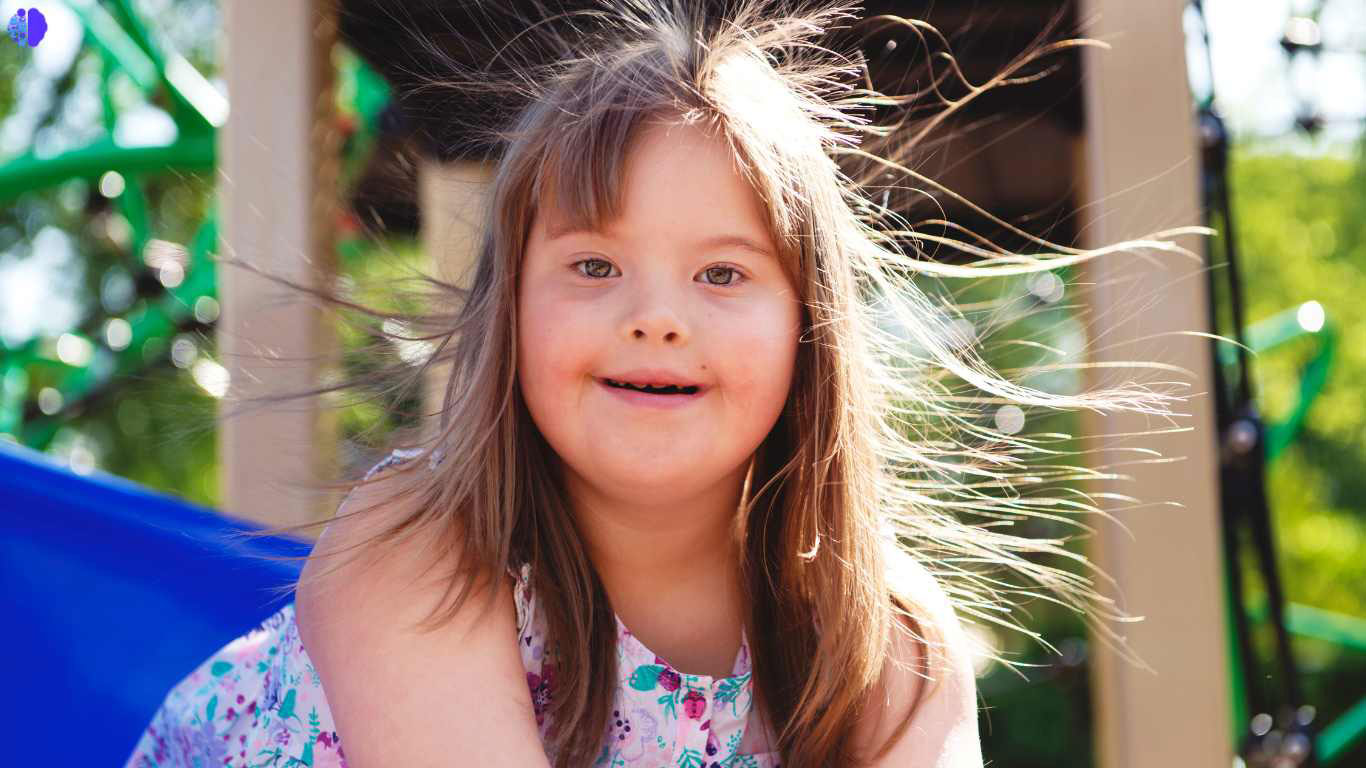
What is Trisomy 21
Trisomy 21 is a genetic condition arising from an extra chromosome 21 in an individual’s cells. Trisomy 21 is known as Down Syndrome.
This chromosomal anomaly leads to various physical and intellectual characteristics that vary significantly among affected individuals.
Trisomy 21 occurs when a person has three copies of chromosome 21 instead of the usual two. This results in a total of 47 chromosomes in each cell rather than the typical 46. The extra genetic material disrupts normal development, leading to the distinctive features and health challenges associated with Down syndrome.
Approximately **95%** of individuals with Down syndrome have this form, making it the most common type among the three recognized forms of Down syndrome: Trisomy 21, translocation Down syndrome, and mosaic Down syndrome.
Causes of Trisomy 21
The primary cause of Trisomy 21 is nondisjunction, a failure of chromosomes to separate properly during cell division. This error can occur in either the egg or sperm cell before fertilization.
As a result, when these cells combine, the embryo ends up with an extra chromosome 21. The likelihood of having a child with Down syndrome increases with maternal age, particularly for women over 35 years old; however, younger women still account for a significant number of cases simply because they have more children overall.
Symptoms and Characteristics
Individuals with Trisomy 21 exhibit a range of physical features and developmental challenges. Common characteristics include:
Distinctive Facial Features: These may include a flattened facial profile, almond-shaped eyes that slant upward, and a short neck.
Physical Attributes: Many individuals have small ears, hands, and feet, along with loose joints and poor muscle tone (hypotonia).
Cognitive Impairments: Intellectual disabilities are common, typically ranging from mild to moderate. Children may experience delays in speech and motor skills.
Health Issues: Individuals with Down syndrome are at higher risk for certain health problems such as congenital heart defects, hearing loss, vision problems (like cataracts), and thyroid conditions.
These symptoms can vary widely among individuals; some may have only a few characteristics while others may present many.
Diagnosis
Trisomy 21 can be diagnosed before or after birth. Prenatal screening tests assess the risk of Down syndrome based on maternal blood tests and ultrasound findings. If these screenings indicate a higher risk, diagnostic tests such as amniocentesis or chorionic villus sampling (CVS) can confirm the presence of an extra chromosome by analyzing fetal cells[4][6].
After birth, healthcare providers can often identify Down syndrome based on physical characteristics alone. Genetic testing can provide definitive confirmation.
Living with Trisomy 21
Individuals with Trisomy 21 can lead fulfilling lives with appropriate support and intervention. Early intervention programs focusing on speech therapy, physical therapy, and educational support are crucial in helping children reach their developmental milestones. Many children with Down syndrome attend mainstream schools and participate in social activities alongside their peers.
As they grow older, individuals with Down syndrome may pursue higher education or vocational training and engage in various careers. With advancements in healthcare and societal attitudes towards disability evolving positively, many people with Down syndrome live into their 60s or beyond.
Support Systems
Support for families affected by Trisomy 21 is essential. Numerous organizations provide resources for parents and caregivers to help them navigate the challenges associated with raising a child with Down syndrome. These resources include:
Educational Programs: Special education services tailored to meet individual learning needs.
Healthcare Management: Regular check-ups to monitor growth and address any health issues promptly.
Community Support Groups: Local and national organizations offer networking opportunities for families to share experiences and resources.
Transition Programs: As individuals approach adulthood, programs that facilitate the transition from pediatric to adult healthcare are vital for ongoing support.
Trisomy 21 is not merely a medical condition; it encompasses a broad spectrum of human experiences. Individuals with Down syndrome contribute richly to their communities and families.
Understanding Trisomy 21 helps foster acceptance and support for those affected by this genetic condition. With continued advocacy for inclusion and access to resources, individuals with Down syndrome can thrive and lead meaningful lives filled with opportunities for personal growth and happiness.
As society continues to evolve in its understanding of disabilities like Down syndrome, it becomes increasingly clear that every individual has the potential to lead a fulfilling life regardless of their genetic makeup.

